- Home
- About Us
- Products
-
Heat-Pump Dehumidifier DeAir
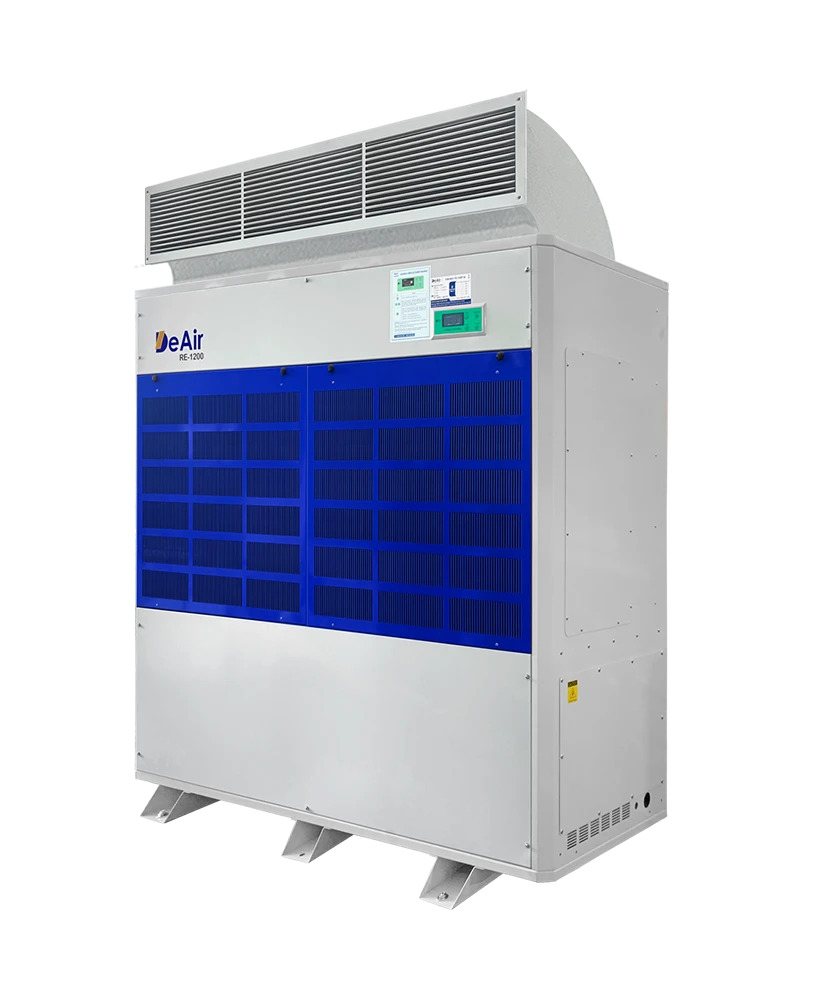 DeAir.RE
DeAir.RE -
Heat-Pump Dryer DeAir.RE-H
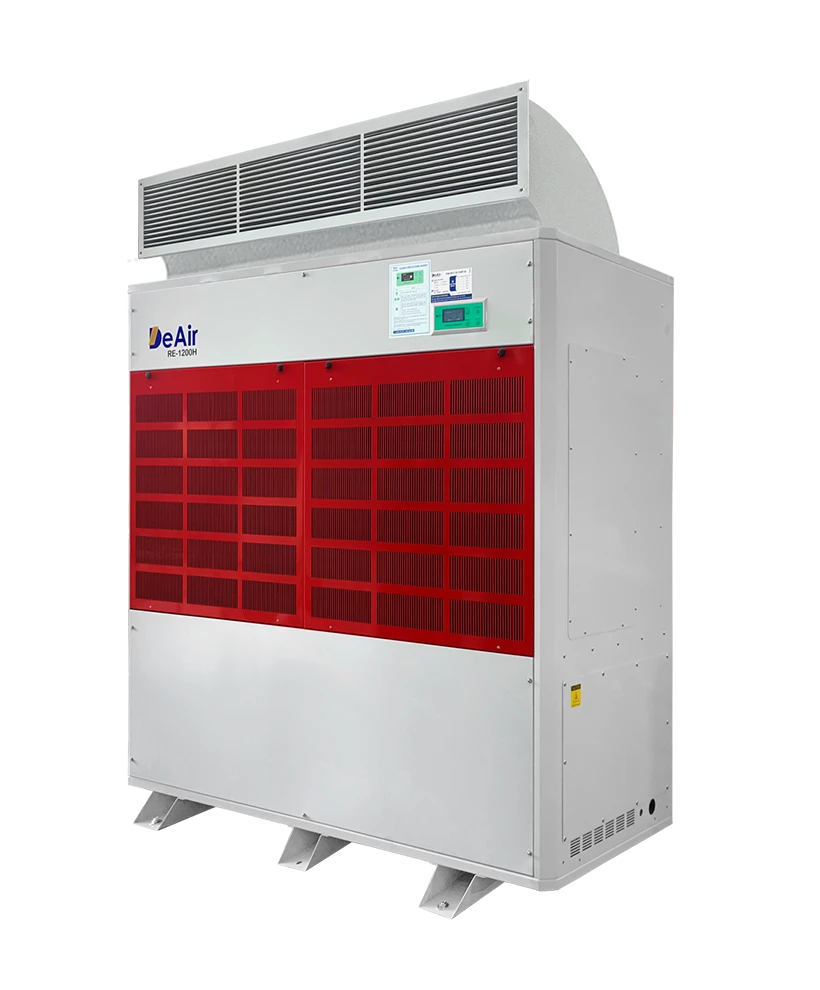 DeAir.RE-H
DeAir.RE-H -
Heat-Pump Stainless Steel Dehumidifier
 DeAir.RE-INOX
DeAir.RE-INOX -
Heat-Pump Isothermal Dehumidifier DeAir.CRE
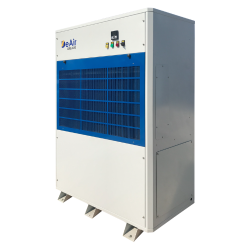 DeAir.CRE
DeAir.CRE -
Dezenno Dehumidifier
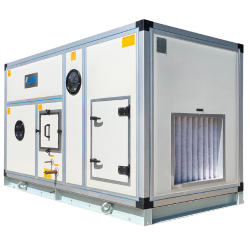 Dezenno
Dezenno -
Heat-Pump Ceiling Mounted Dehumidifier DeAir
 DeAir.RE-CL
DeAir.RE-CL -
Dehumidifier Olmas
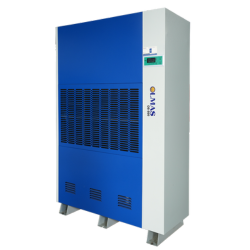 Olmas-OS
Olmas-OS -
Industrial Humidifier DeAir
 DeAir.HM
DeAir.HM -
Heat-Pump Dryer Daxwell
 Daxwell
Daxwell -
Electric Duct Heater DeAir
 DeAir.Heat
DeAir.Heat -
Air Handling Unit Dezenno.MAX
 AHU
AHU
-
- Services
- Projects
- Warranty – Maintenance
- News
- Contact
How to Dehumidify Your Home Effectively: Protect Your Health & Your Furniture
20/01/2025
Effective Ways to Dehumidify Your Home: Keep Your Living Space Dry and Safe
High humidity not only makes you feel uncomfortable and damp, but it is also an ideal environment for mold and bacteria to grow. This prolonged condition seriously affects your health (especially the respiratory system) and damages property in the house.
Are you wondering how to dehumidify your home to overcome this situation? Don't worry, this article will summarize simple and effective methods to help your living space stay dry and clean. Find out now!
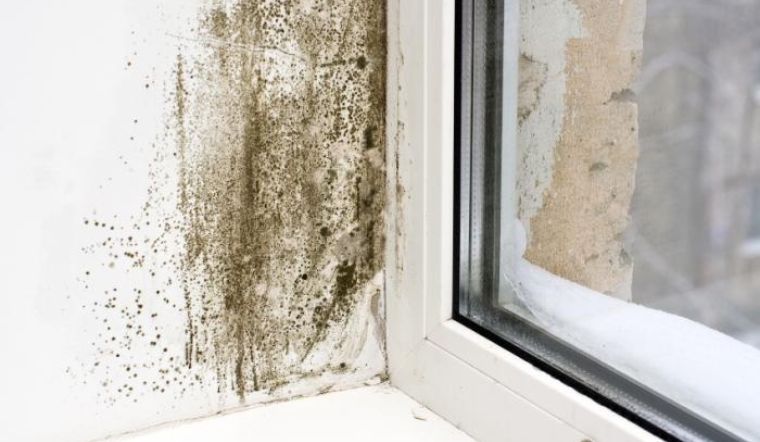
Why High Humidity in the House Is Dangerous Harmful?
Before looking at the solutions, let's review the main harmful effects of damp housing:
- Health Effects: Humid environments are favorable conditions for mold, bacteria, and dust mites to grow. They can cause respiratory problems such as allergies, asthma, rhinitis, and skin diseases.
- Property Damage: High humidity damages wooden furniture, electronic equipment, pictures, books, and newspapers. Clothes take a long time to dry and have a musty smell. Moldy walls, peeling paint, slippery floors are dangerous.
- Unpleasant Smell: Humid air is often accompanied by an unpleasant musty smell, reducing the quality of living space.
- House Structure: Prolonged humidity can affect the structure and building materials of the house.
If you see signs such as sweaty floors, foggy glass, slow-drying clothes, damp walls, sticky bedding... then it's time to apply effective ways to dehumidify your home.
Ways to Dehumidify Effective & Easy-to-Apply Humidity in the House
There are many different methods to reduce humidity in the house, from simple to specialized. Here are some popular and effective ways:
1. Natural Ventilation
Opening windows and doors is the simplest way to circulate air and reduce humidity, especially when the weather outside is dry. However, on humid or rainy days, you should close the doors to prevent more moisture from outside from entering the house.
2. Using Natural Moisture Absorbing Materials
Some materials that have natural moisture absorption that you can take advantage of:
- Activated Carbon: Put activated carbon in small cloth bags and place them in the corner of the room, closet, or damp places. Activated carbon not only absorbs moisture but also effectively deodorizes.
- Table Salt/Mineral Salt: Salt has quite good moisture absorption ability. Pour salt into small boxes or bowls and place them in places that need moisture absorption. When the salt becomes damp and watery, you can dry it to reuse it or replace it with new salt.
- Baking Soda: Similar to salt, baking soda also helps absorb moisture and deodorize.
3. Check and Repair Sources of Moisture
Moisture in your home can come from unexpected sources. Check carefully:
- Plumbing: Check your pipes, faucets, and the area under your kitchen sink and toilet for leaks or cracks. Fix immediately if found.
- Walls and Roofs: Check for cracks in walls, roofs or window areas that may allow rainwater to seep into the house.
- Basement and Sheds: These are the areas most susceptible to moisture. Make sure there is no standing water and fix any waterproofing issues.
If there is an area where water is temporarily standing (e.g. an unfinished basement), a bucket can be placedcontain or use a drain pump.

4. Increase Air Circulation with Fans
Using fans (pedestal fans, ventilation fans) helps air circulate better in the room, speeding up the evaporation of moisture. This is especially useful in bathrooms, kitchens or areas that have just been cleaned.
5. Use a Dedicated Dehumidifier
A dehumidifier is the most effective and quickest solution to control humidity in the home, especially in areas with high humidity year-round or large areas. To use a dehumidifier effectively, you need to:
- Choose the Right Capacity: Choose a machine with a dehumidifying capacity (liters/day) suitable for the area and humidity level of the space to be treated. For example:
- Bedroom, family living room (medium area): Capacity 12-16 liters/day.
- Larger room (400m²): Capacity about 25-30 liters/day.
- Very large space (1300m²): Capacity about 65 liters/day.
- Place the Machine in the Right Position: For large rooms, the machine should be placed in the middle of the room to dehumidify evenly throughout the space. For areas with a lot of furniture or prone to mold, you can place the machine in the corner of the room. Make sure the air intake and exhaust of the machine are not blocked.
- Close the Doors When the Machine is Running: For optimal dehumidification efficiency, keep doors and windows closed while the machine is running.
- Maintain Ideal Humidity: The dehumidifier should be set to maintain a safe humidity level in the house, usually below 50-60% (use a hygrometer to monitor). Mold is unlikely to grow when the humidity is below 50%. In Vietnam, especially in the wet season, maintaining below 60% is good.
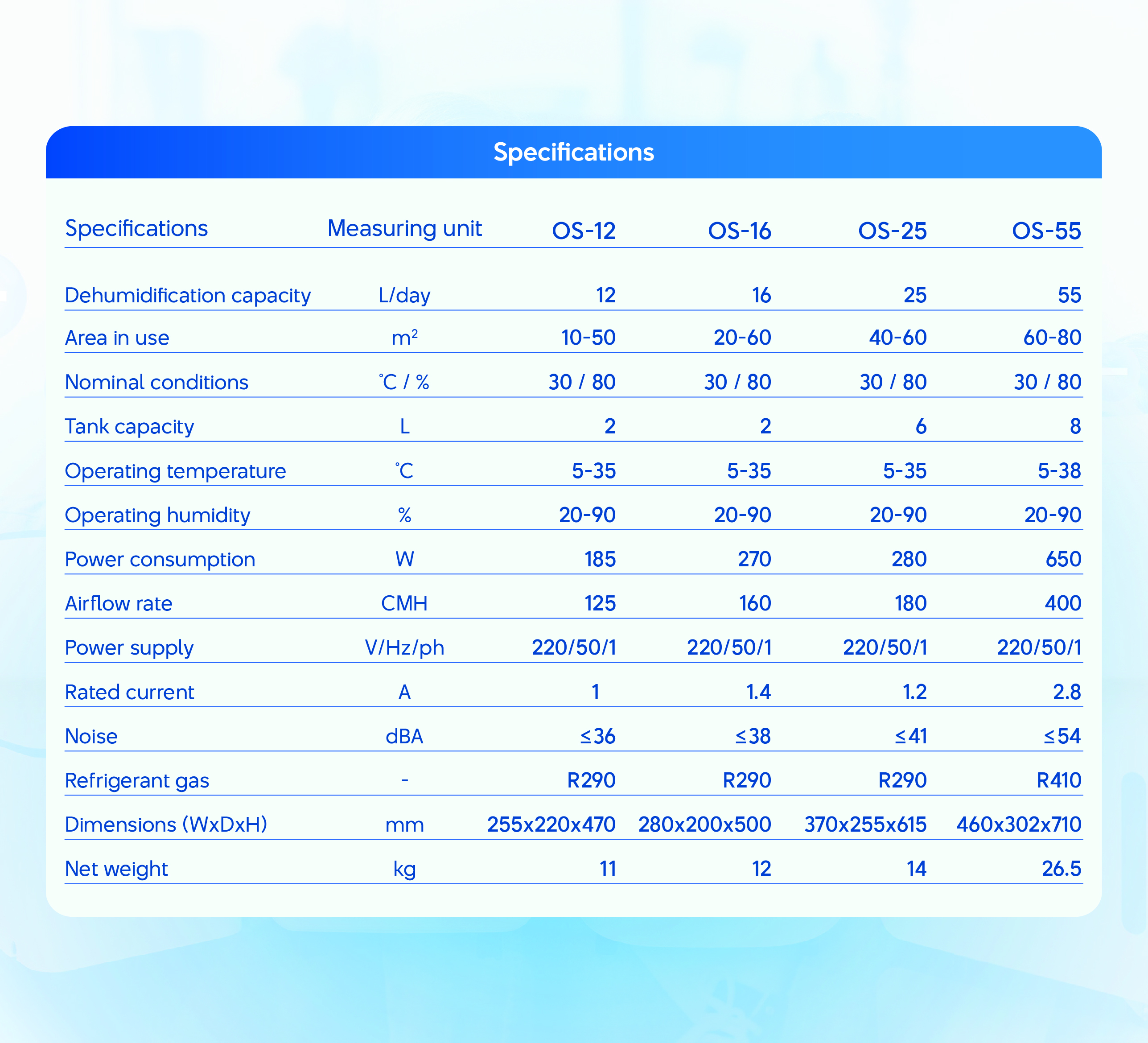

6. Controlling Moisture-Producing Activities
Some daily activities also contribute to increased humidity in the home:
- Drying Clothes Indoors: Limit drying clothes indoors, especially on rainy days. If necessary, make sure the area is well ventilated or use a dryer/dehumidifier.
- Cooking: Always turn on the exhaust fan when cooking to prevent steam and food odors from spreading throughout the home.
- Hot Baths: Turn on the exhaust fan in the bathroom when taking a hot bath. Open a window or bathroom door (if possible) after showering to let the steam escape.
- Planting Indoor Plants: Green plants release water vapor. If your home is too humid, limit the number of indoor plants you have.
What Is the Ideal Humidity Level for Your Home?
According to experts, the ideal humidity level in the home should be maintained at between 40% and 60%. Using a hygrometer (a device that measures air humidity) is the simplest way to monitor and control humidity in rooms.

Conclusion
Controlling humidity in the home is necessary to protect the health of your family and preserve your belongings. By applying a combination of the above mentioned home dehumidification methods - from ventilation, using natural materials, repairing leaks, to using a specialized dehumidifier - you can completely create a dry, clean and safe living space.
Regularly check the humidity and apply appropriate measures to keep your home an ideal home, away from mold and harmful agents.
DeAir Specialized Dehumidifiers & Humidity Control Solutions
To choose quality dehumidifiers, you should look for reputable suppliers of humidity treatment equipment with clear warranty policies. DeAir's household and industrial dehumidifiers are effective solutions for your space.
Industrial Dehumidifiers: Comprehensive Humidity Control Solutions
Olmas Family Dehumidifier: Good Price, Genuine, For Every Home
When purchasing at DeAir, you will get:
- Quality dehumidifier products, smooth operation, energy saving.
- Reputable warranty policy.
- Experienced staff to advise the most suitable solution.
- On-site installation and maintenance service.
In addition to household dehumidifiers, DeAir also provides industrial dehumidifiers, humidifiers, dryers, resistors...
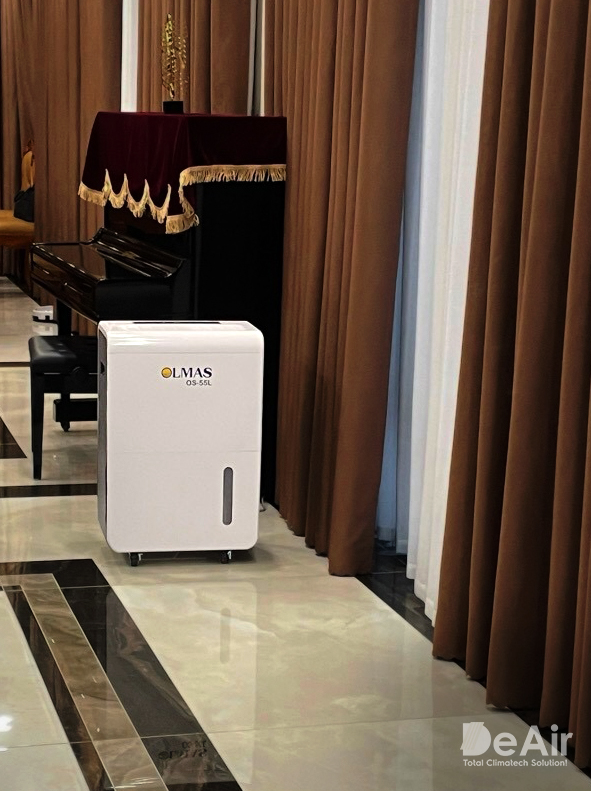

Need advice on how to dehumidify your home? Contact DeAir now
Sign up for news from DeAir
Related news






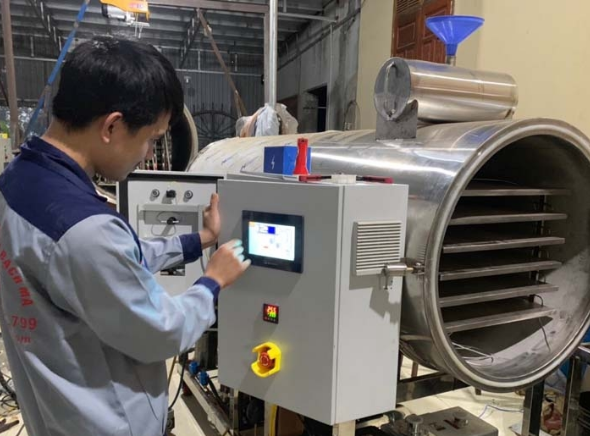



![[Case Study] DeAir Installs DeAir.De Rotor Humidity Control System for Pharmaceutical Plant in Binh Duong [Case Study] DeAir Installs DeAir.De Rotor Humidity Control System for Pharmaceutical Plant in Binh Duong](https://deair.com.vn/thumbs/news/2023_04/ban_giao_may_cho_duoc_bd/[270x153-cr]image1-1024x772.jpg__cv.webp)

![[Review & Guide] Olmas OS-300: The New Humidity Control "Warrior" for Medium to Large Warehouses [Review & Guide] Olmas OS-300: The New Humidity Control "Warrior" for Medium to Large Warehouses](https://deair.com.vn/thumbs/news/huong_dan_su_dung_may_olmas_21/[270x153-cr]vtm06440.png)